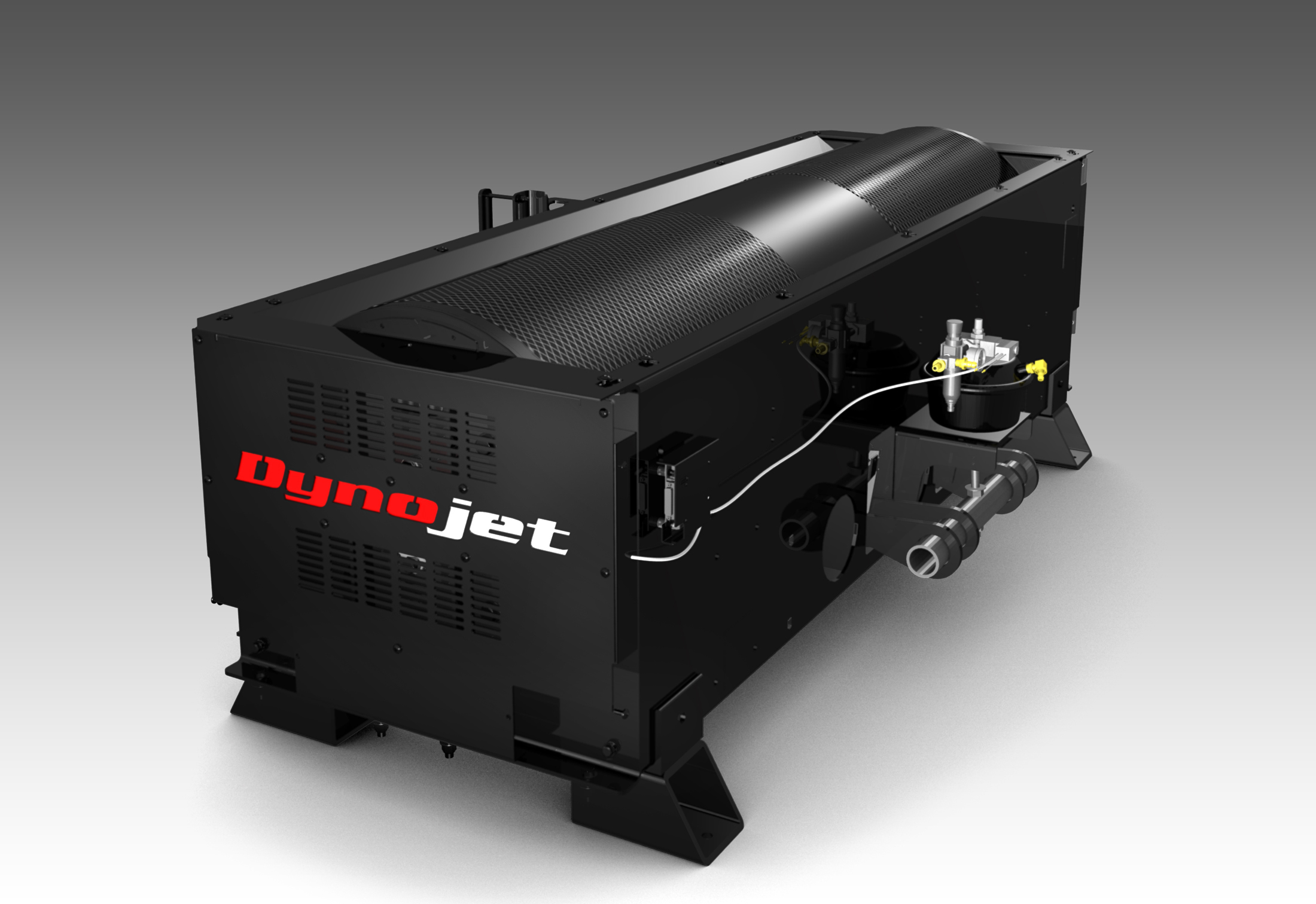What is the difference between a street tune and a dyno tune?
The first and most common question we get from customers, "What is the difference between a street tune and a dyno tune?". This is a loaded question, because there are mixed opinions and controversial subtopics within the benefits and disadvantages of each form of tuning.
Let's start with the basics and first cover what each form of calibration (street vs. dyno) consists of.
Street Tuning - The most popular form of tuning, perhaps since it is the cheapest for both the client and the tuner. Street Tuning is exactly what it means, tuning in the streets & highways through traffic. Yes, you are still exposed to idiots cutting you off, stopping at lights and avoiding the police. This form of tuning can be very dangerous for bystanders as well as yourself. If you are considering tuning in the street please find a comfortable location with minimal traffic and bystanders. Tuning in the streets as well as in the track is often considered the best possible simulation for real driving conditions and racing expectations.
Pros:
- It’s the most environmentally accurate way to tune. Dynos can’t replicate all the environments you’ll find on the street. (Although load-bearing dynos are your best bet in duplicating street and track conditions.)
- There’s no searching, reserving or traveling to dyno shops. Or spending money on dyno time.
- It’s the least expensive option.
Cons:
- Traffic. You try tuning in rush-hour...
- Mechanical issues with the vehicle can strand the tuner.
- It’s tough to monitor the laptop while driving
- It’s illegal and unsafe to perform wide open throttle tests
Dyno Tuning - The alternative option to tuning in the streets or the track is tuning in a dynamometer. A dynamometer is simply a roller where a vehicles wheels get strapped to measure the power produced at the wheel. It uses sophisticated math and physics to determine the wheel horsepower. Dyno tuning can only be performed at a dyno or tuning shop. Compared to street tuning, this form of calibration is a lot more precise and can help remove environmental control factors. At the end of the session you will be able to know how much torque and power was produced to the wheels throughout the pull.

Dynojet, a popular company that supplies and services dynamometers. This is a simple design of a roller and brake pad engaged through pneumatic compression of a piston.
Pros:
- It’s a safer, more controlled environment
- It’s easier to repeat the test
- Dynos can measure power output and improvement
- Tuners can typically charge more for a tune
Cons:
- Upfront costs are much higher
- Renting one is not always an option depending on location and availability
- If you buy one, you also have to have somewhere to store it
- You can’t accurately tune for quirks that don’t appear on the dyno but do in strange drive situations.
Once again we appreciate your interest in LS Pros and our technical articles. Please contact us at lstunemail@gmail.com for any questions/concerns or topics you would like for us to cover.
-LS Pros
